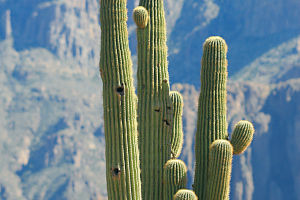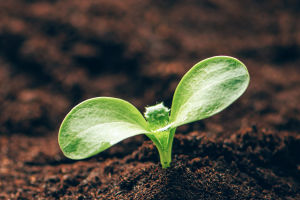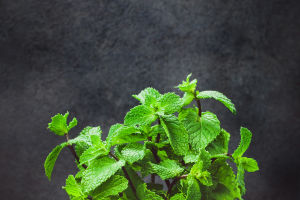The lily is a perennial herb that grows from 70 to 150 cm tall.
Its bulbs are spherical, pale white in color, and consist of a large number of fleshy, thick, oval-spoon-shaped scales.
The stem is erect and cylindrical, with purple spots on it, without hairs, and usually green on the surface.
Its flowers are mostly white, funnel-shaped, and borne singly at the top of the flowering stem.
The lily is often used as an ornamental plant or the bulbous root is eaten as a vegetable, and some parts of the plant are also used for medicinal purposes.
The shape and characteristics of lilies are: the lily's scales are lance-shaped, without nodes, and the scales are mostly arranged in compound tiles on the bulb disc to form the bulb.
The lily's stem is usually cylindrical and glabrous.
The leaves are lance-shaped, rectangular-lanceolate, oblanceolate, elliptical, or striped.
Lilies have large flowers borne singly, in clusters, or in racemes. The flowers are erect and pendulous or flat and often brightly colored.
The tepals are 6, in 2 whorls, free, often connivent, and bell-shaped and trumpet-shaped.
The flowers of Lily II come in a variety of colors including white, yellow, pink, and red.
The stamens are 6, the filaments are slender and the anthers are oval and large.
Lilies are very fragrant and are placed indoors where the whole house smells good.
The lily's fragrance smells light and elegant, but it is not recommended for the bedroom as it contains a special stimulant in its flower fragrance that can be over-exciting and unsettling after a long time.
The lily likes deep, fertile, loose soil, with a degree of moist soil conducive to its growth, and should be maintained in a dry and moist condition, growing better at 15-25°C, not below 10°C.
We need to control the temperature of the environment in which the lilies grow.
The temperature should not exceed 30 degrees Celsius at high temperatures and 10 degrees Celsius at low temperatures.
The best temperature for its growth is between 15 and 25 degrees Celsius.
We should regularly prune the plant off any yellow, thin branches and leaves.
This will reduce nutrient consumption and allow the nutrients in the potting soil to be absorbed by the healthier parts of the plant.
This will also encourage the plant to sprout new branches and give the plant a better appearance.
Lilies have a faint fragrance and can be used ornamentally, medicinally, and in edible varieties.
Lilies are mainly found in the temperate regions of the northern hemisphere, including eastern Asia, Europe, and North America, and 120 varieties have been sent out worldwide.
The Asiatic lily, the perfumed lily, and the fire lily are all hybrids that can be used for food or medicinal purposes.
Lilies are mainly used for ornamental purposes, with the majority of cut flower varieties exported from the Netherlands and Japan in particular.
The bulbous roots of lilies are rich in feverfew starch and some can even be used as vegetables.
In addition, the roots of lilies can also be washed and dried and used in soups.
The lily can be used as a medicine, it is slightly cold and calm and has the effect of clearing the lungs and relieving coughs, clearing fire, and calming the mind.


